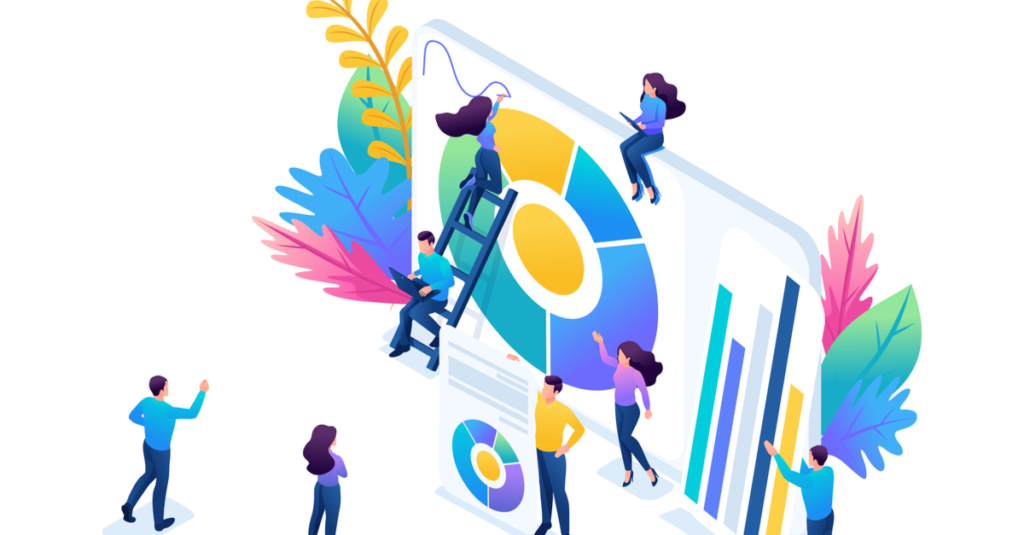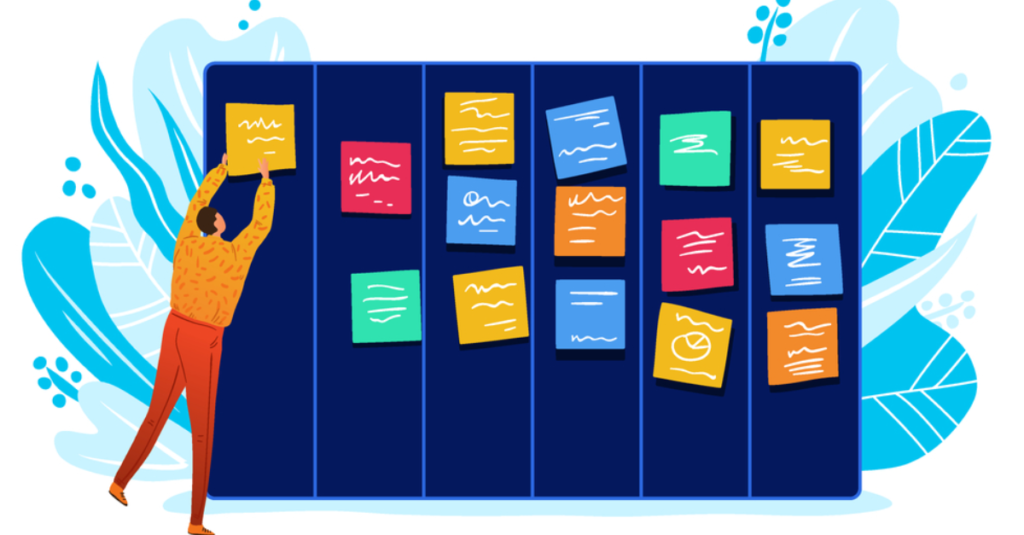Why Tiered Pricing Is the ONLY Way to Price Your Product
Tiered pricing is one of those no-brainer concepts that some entrepreneurs and companies are hesitant to embrace. Don’t make that mistake – tiered pricing can work for almost anyone. And without it, you’re losing potential revenue.
What is tiered pricing?
At its most basic, it means providing your product or service at different price points. Nearly every major business you encounter uses it in some way. When you’re choosing between shipping something 5-7 day, 3-5 day, 2-day or overnight, that’s tiered pricing in action. It’s around us all the time, whether we realize it or not.
Tiered pricing is different from volume pricing. Learn which one might be better for you here.
So why does this matter to you?
Here are six things that tiered pricing can do for you:
- Probably the most important: plain and simple, you will make more money. People will pay up to the limit they can afford. If a customer is willing to pay $100 and your product costs $10, why would you leave that $90 on the table?
- It widens the reach of your audience. Think of how many more customers you can speak to if you offer a $10, $100 and $1,000 version of your product, instead of just one $100 version.
- Lower priced options can be a gateway for new customers who may eventually graduate to higher priced products.
- It’s easier for you to create one product with multiple price points than many separate products.
- CHOICE MATTERS. Instead of giving your customers a choice between you and a competitor, you’re allowing them to choose between you and you. People are going to price shop; it’s unavoidable. You want to ensure they’re price shopping in your store only.
- VALUE MATTERS. People want to know they’re getting the most bang for their buck. By allowing them to pick a product for themselves – one that includes what they want at a price they prefer – you create a sense of maximized value.

So, how do you do it?
There’s more to tiered pricing than different price points. There are dozens of ways you can creatively tier your product. Take a look at an example of SaaS pricing. Below are 10 ideas to get you started, but the options are almost limitless.
- QUANTITY. Give your customers more of your product. When you order a Venti coffee at Starbucks, you’re getting more than if you ordered a Tall – and on a cold early morning, that’s something you’re probably willing to pay for.
- QUALITY. Give your customers something that’s just plain better. Let’s say you’ve got a brand new luxury car (lucky you!). You don’t want to skimp on gas, opting for premium over regular unleaded.
- PERCEIVED QUALITY. In certain cases, you can offer a product that appears better although there isn’t anything quantifiably different about it. Like a hardcover vs. paperback version of the same book. The book has the exact same content, but the hardcover version might appeal more to a collector or gift-giver.
- SERVICE. Certain customers are willing to pay for a higher level of personal assistance. Think of the ease of getting through to a customer service representative for an AmEx Black Card holder vs. a regular credit card holder.
- DURATION. Offer a longer experience: a weeklong course and a monthlong course. Imagine you’re at the gym with your personal trainer – it’s the difference between a free 10-minute fitness evaluation and a 2-hour guided workout.
 COMMITMENT LEVEL. We all know customers can have commitment issues. Your product can offer varying levels of commitment just like ZipCar does with its “occasional driving” and “monthly driving” memberships.
COMMITMENT LEVEL. We all know customers can have commitment issues. Your product can offer varying levels of commitment just like ZipCar does with its “occasional driving” and “monthly driving” memberships.- EXPERIENCE. Experience is important, and you can create premium experiences for the right customers. Airlines are the champions of this! Every passenger on a plane will end up at the same place, but first class will have a comfortable ride and coach, most likely, won’t.
- CUSTOMIZATION. Allow your customers to “pay to personalize.” Think of it as building a new house. The standard blueprints might be fine for one family, but a larger family might need an added bathroom. Another may need a 3-car garage or wheelchair accessibility.
- SPEED. “Quick start guides” or other onboarding materials are perfect for customers who need to get up and running quickly. Think ready-made Photoshop templates for busy designers, or guaranteed deal-closing scripts for end-of-quarter marketers.
- PROFESSIONAL LEVEL. Offer a business-grade product and you’ve opened yourself up to a new echelon of customers. Would you ever see Coca-Cola with a personal Facebook profile? Of course not – they opted for an “official” Facebook page, instead.
Is your brain spinning from all the possibilities? Great. But there’s one more thing to consider, and that’s what to call your new price tiers. What you name your tiers is just as important, actually, MORE IMPORTANT, than the content itself.
Hearing that your prices are too high? Get some advice here.

We can’t stress this enough: NAMES MATTER.
First naming mistake: Being too straightforward.
Names like “Level 1,” “Level 2,” “Level 3” do not add any value for your customer. They don’t help sell. Think about your target base and what sort of name will entice them to buy.
Second naming mistake: Being too over-the-top.
Do you really want your corporate clients choosing between your “Crazy Awesome Plan” and “Super Cool Plan”? If those are the options, they’re not picking either plan – they’re moving on to another product altogether.
Third naming mistake: Assuming content matters.
Of course we want our customers to evaluate the offerings of each of our products before making an educated decision. The truth is, customers will more often pick the product NAME that feels appropriate, regardless of whether the PRODUCT is right for them.
Think about it: if you had an enterprise-level offering, but named it “Small Business Plan,” what Fortune 500 company would buy it?
Fourth naming mistake: Not thinking like your customer.
Imagine the person ordering your product. Maybe he has to get sign-off from his boss before purchasing. Maybe she’s got to list it on her expense report. What plan are they more likely to select – the one that’s more expensive but has an impressive sounding name…or the one that’s cheaper but with a name that will make a higher-up question their decision?
We’ve pulled together a list of frequently used names to get you started.
- On the lower priced end of the spectrum, good for enticing new customers or providing a smaller amount of content:
- Introductory
- Starter
- Express
- Beginner
- Economy
- Individual
- Right in the middle, your baseline product offerings:
- Basic
- Standard
- Classic
- Silver/Gold
- Preferred
- Small Business
- Moving up the ladder, adding more content for your corporate or higher-paying clients:
- Plus
- Expert
- Premier
- Corporate
- Professional/Pro
- Master
- Premium
- Enterprise
- Ultimate
- Platinum
Don’t wait any longer to tier your pricing, otherwise, you’re leaving money on the table. And remember: be CREATIVE with your tiered pricing, and SMART with your tier names. Now get out there and tier it up!
Learn how pricing can affect your overall customer value for SaaS, E-Commerce, and Info Products.






